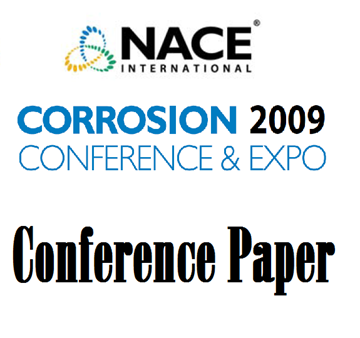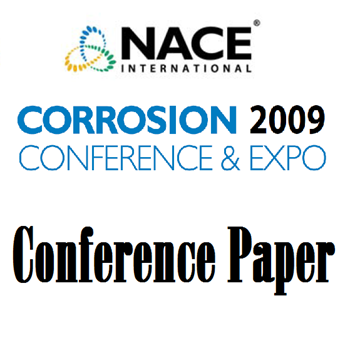Search
Products tagged with 'duplex stainless steel'
View as
Sort by
Display
per page
09194 Evaluation of Crevice Corrosion Resistance of Duplex and Super Duplex Stainless Steels for Seawater Pumps
Product Number:
51300-09194-SG
ISBN:
09194 2009 CP
Publication Date:
2009
$20.00
09338 Heat Treatment Issues on Stainless Steel Heat Exchanger Tubes
Product Number:
51300-09338-SG
ISBN:
09338 2009 CP
Publication Date:
2009
$20.00
11294 Susceptibility of Hydrogen Induced Stress Cracking of Duplex Stainless Steel at Elevated Temperature
Product Number:
51300-11294-SG
ISBN:
2011 11294 CP
Publication Date:
2011
$20.00
51316-6982-Corrosion Management Of Assets Constructed In Super Duplex Stainless Steels (SDSS)
Product Number:
51316-6982-SG
ISBN:
6982 2016 CP
Publication Date:
2016
$20.00
51316-7025-The Detection Of Alpha Prime In Duplex Stainless Steels
Product Number:
51316-7025-SG
ISBN:
7025 2016 CP
Publication Date:
2016
$20.00
51316-7193-Influence of Magnesium on SCC Susceptibility of Duplex Stainless Steels in Boiling Solutions
Product Number:
51316-7193-SG
ISBN:
7193 2016 CP
Publication Date:
2016
$20.00
51316-7231-Effect of Surface Finishes on the Atmospheric Corrosion of Duplex Grade UNS S32205: Results of a Field Exposure Program in Dubai
Product Number:
51316-7231-SG
ISBN:
7231 2016 CP
Publication Date:
2016
$20.00
51316-7325-Investigation of the Stress Corrosion Cracking Behavior of Duplex and Lean Duplex Stainless Steel Parent and Weldment Materials in Sour Service
Product Number:
51316-7325-SG
ISBN:
7325 2016 CP
Publication Date:
2016
$20.00
51317-9113-Stress Corrosion Cracking Of A Duplex Stainless Steel
Product Number:
51317-9113-SG
ISBN:
9113 2017 CP
Publication Date:
2017
$20.00
51317--9633-Alignment of Critical Experimental Parameters of Well Stimulation and Scale Dissolver Chemicals Corrosion Testing
Product Number:
51317--9633-SG
ISBN:
9633 2017 CP
Publication Date:
2017
$20.00
51318-11294-NACE MR0175/ISO 15156: Update on current document and where are we going?
Product Number:
51318-11294-SG
Publication Date:
2018
$20.00
AMPP TR21524-2023, Commentary on Standards Development for Selection and Qualification of HSC-Resistant Materials in Subsea Service with Cathodic Protection
Product Number:
AMPP TR21524-2023
Publication Date:
2023
$109.00












